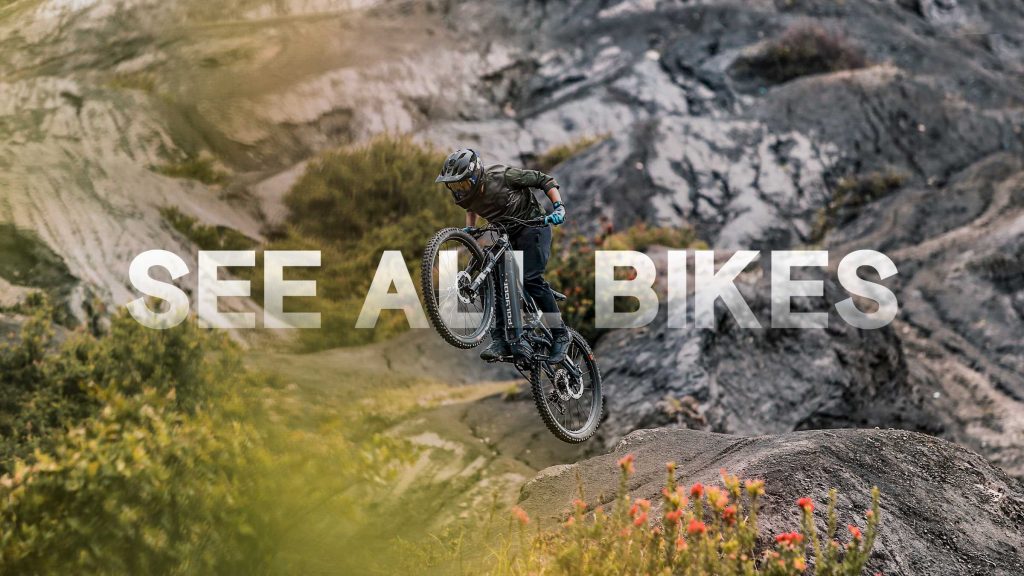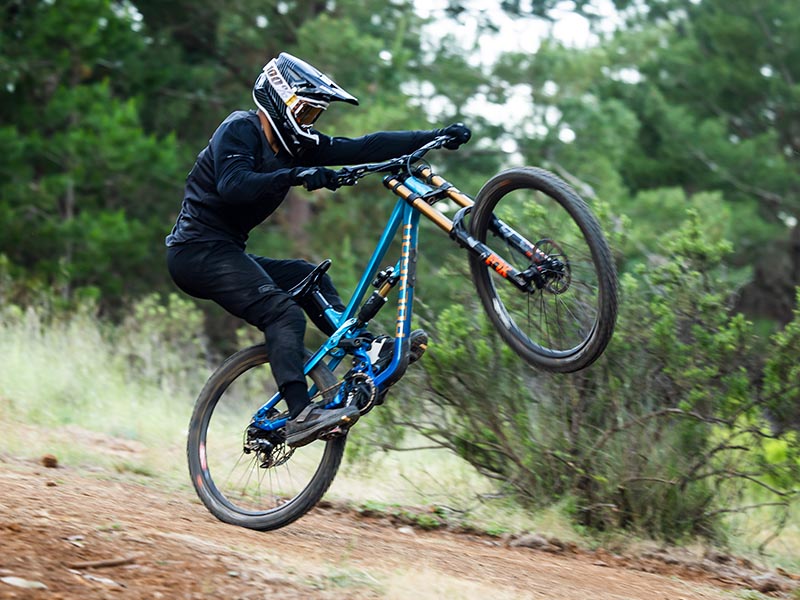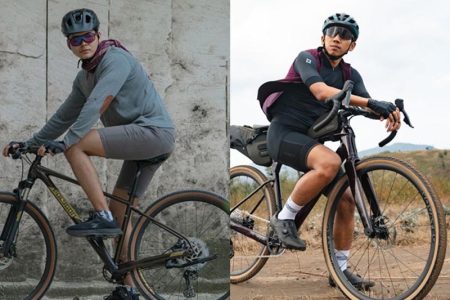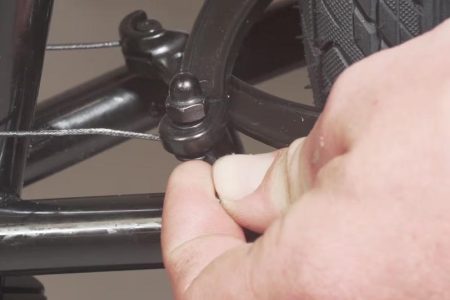You might’ve heard the buzz about “mullet mountain bikes”, but it’s not about the hairstyle. This mixed-wheel setup (29″ front, 27.5″ rear) is becoming a favorite for riders chasing better control on technical descents. From pros to weekend riders, many are giving it a try.
Curious what makes Mullet bikes special? Let’s break down why this setup is gaining fans and if it’s right for your next ride.
What Is a Mullet Mountain Bike?
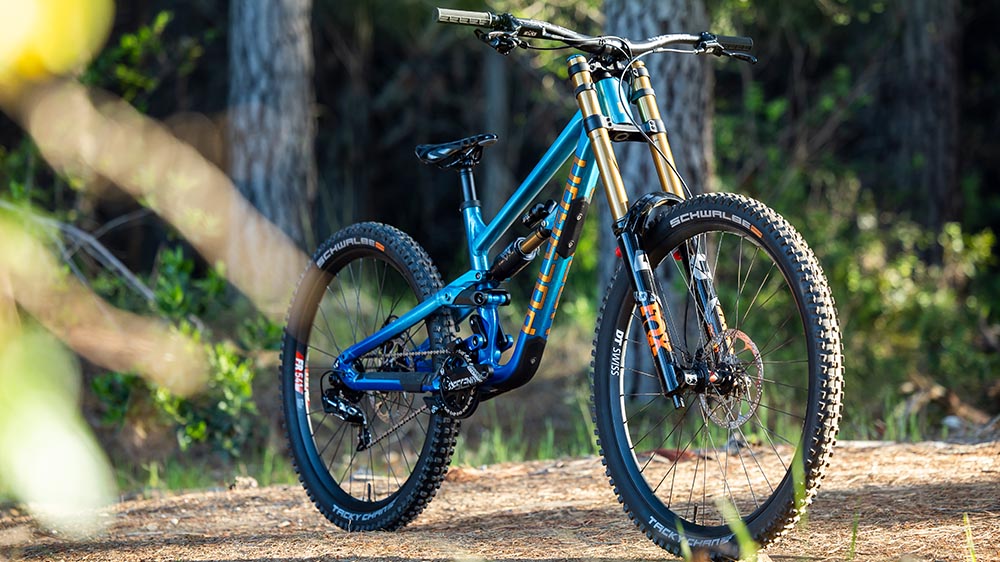
A mullet mountain bike uses two different wheel sizes: a larger 29-inch wheel up front and a smaller 27.5-inch wheel in the rear. This combo gives the rider the best of both worlds, stability and rollover power from the front, and nimble handling from the back.
The name “mullet” comes from the hairstyle—business in the front, party in the back—which hilariously sums up what this MTB setup is all about.
You get serious, confident control from the 29” front wheel that smoothly rolls over rocks and roots, while the 27.5” rear brings quick acceleration and a playful feel, especially in tight corners or jumps.
Originally seen on custom downhill bikes and enduro rigs, the mullet MTB setup has become more mainstream in recent years. Big brands and pro riders started experimenting with this configuration for races, and the benefits quickly made waves in the trail-riding community.
It’s not just a trend, it’s a functional design that gives riders more control, better standover clearance, and a more aggressive position for descending steep or technical terrain.
Benefits of a Mullet Mountain Bike
So why are more riders switching to a mullet MTB setup? It’s not just about looking cool on the trails, there are real performance perks that make this configuration stand out. Here’s what makes a 29 front 27.5 rear MTB so appealing:
1. Better Rollover and Control
The 29-inch front wheel is a beast when it comes to rolling over obstacles. The larger diameter gives you a smoother ride and helps maintain speed through rough terrain.
Because the front wheel handles most of the hits and steering, this means more confidence, better line choice, and greater control on unpredictable trails.
2. Improved Agility and Playfulness
The 27.5-inch rear wheel makes the bike feel more responsive and playful, especially when cornering or popping off features. It accelerates quicker than a 29er rear, giving you a bit more “snap” when pedaling out of turns or hitting jumps.
If you like to flick your bike around or tackle twisty sections of trail, the mullet setup adds a fun, dynamic edge to your ride.
3. Ideal for Descents and Technical Trails
This setup really shines when the trail points downhill. The front wheel tracks smoothly over sketchy surfaces, while the smaller rear wheel allows for tighter turns and better clearance over drop-offs and berms.
You get a more aggressive riding position that makes it easier to shift your weight back and stay centered over the bike on steep sections. It’s no wonder the mullet design is so popular in enduro and downhill mountain bike circles.
4. Great for Shorter Riders
f you’ve ever struggled with standover clearance on a full 29er, you’ll appreciate the mullet geometry. The 27.5-inch rear lowers the back end of the bike, which means more room between the top tube and your body.
For shorter riders, this could be the perfect solution to enjoy the benefits of a 29-inch front without the awkward fit of a full 29er frame.
Limitations of a Mullet Mountain Bike
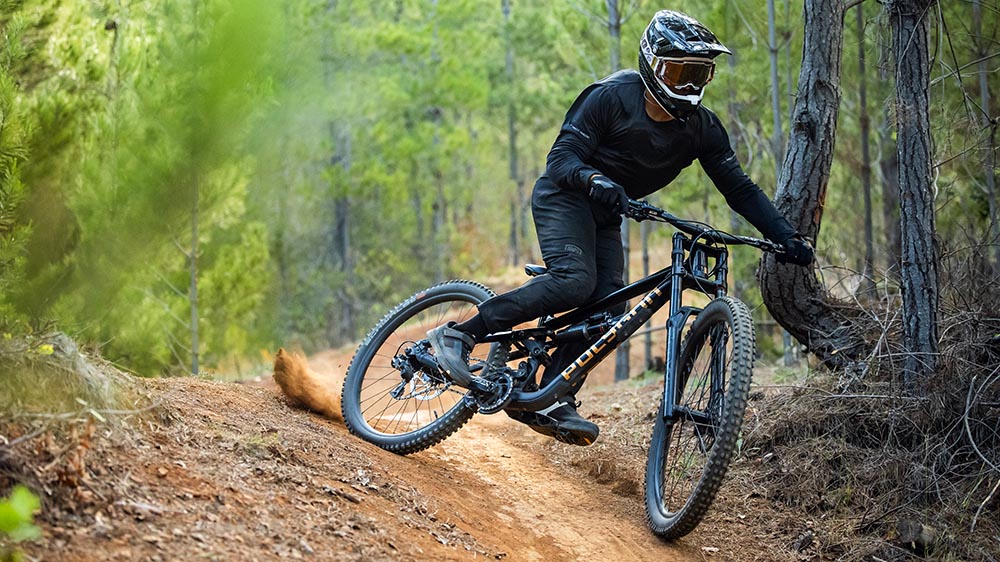
While the mullet mountain bike offers some sweet performance perks, it’s not without a few trade-offs. Depending on your riding style, goals, and terrain, some of these drawbacks might be deal-breakers—or just minor compromises. Here’s what to watch out for:
1. Less Balanced than a Full 27.5 or 29er
Mixing wheel sizes can affect the overall balance and feel of the bike. A full 29er offers uniform handling and momentum, while a full 27.5 provides consistent agility front and rear. With a mullet, some riders notice the bike feels “off” during flatter or mixed-terrain rides.
The front may track one way while the rear feels looser or more reactive, which can take some getting used to, especially if you’re coming from a traditional MTB setup.
2. Higher Cost and Limited Availability
Although more brands are jumping on the mullet trend, it’s still not as widely available as standard mountain bike builds. In some cases, you may need to custom-build your setup or modify an existing bike by swapping the rear triangle or fork.
That means extra cost, especially if you need a new suspension fork or want to fine-tune the geometry. Not all bikes are mullet-compatible out of the box.
3. Not Ideal for XC and Climbing
If you’re into cross-country riding or long climbs, a mullet might not be your best friend. The 27.5-inch rear wheel sacrifices some of the rollover and momentum you’d get from a full 29er.
On long ascents, this can mean more effort to maintain speed, especially over rocky or rooty terrain. Mullet MTBs are designed more for descending and technical trails, so if you’re chasing podiums in XC races, you’re probably better off with a lighter, more balanced 29er setup.
Mullet MTB vs Full 27.5 vs Full 29er: Which One Fits Your Ride Style?
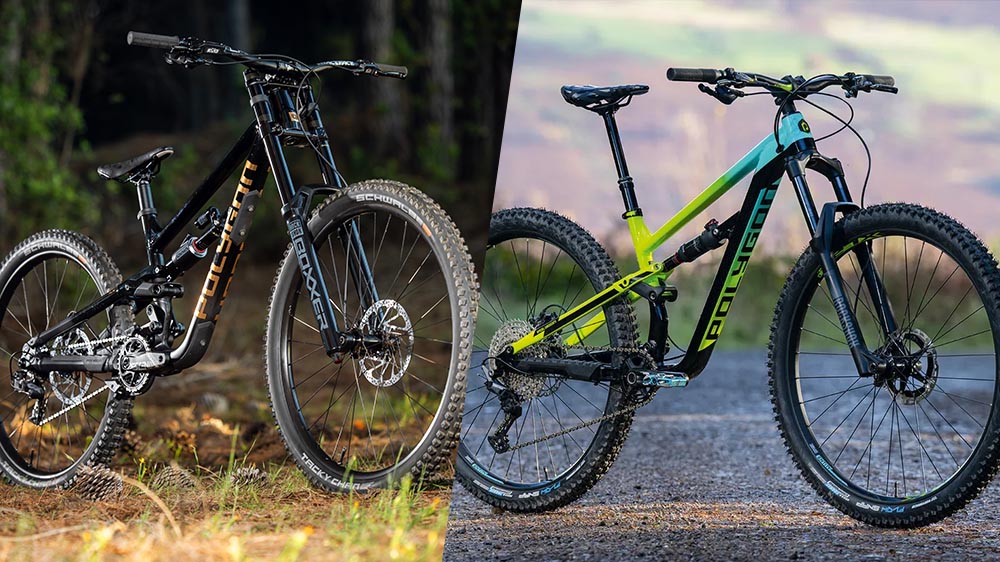
Choosing between a mullet MTB setup, a full 27.5, or a full 29er comes down to how and where you ride. Here’s a breakdown of how each configuration stacks up so you can decide what fits your needs best:
| Feature | Mullet MTB (29 front, 27.5 rear) | Full 27.5 MTB | Full 29er MTB |
| Rollover Ability | Excellent in front, moderate in rear | Not as smooth | Rolls over obstacles easily |
| Agility | Nimble rear for playful riding | Very agile | Less flickable |
| Stability at Speed | Front wheel offers solid control | Less stable | Very stable at high speeds |
| Cornering | Great for tight turns | Quick and responsive | Can feel sluggish |
| Climbing | Slight drag from rear | Efficient and responsive | Good traction, but heavier |
| Fit for Shorter Riders | Better standover | Usually more compact | Can feel too tall |
| Best Use | Downhill, Enduro, Technical Trails | Jump lines, Urban Trails, Flow Trails | XC, Trail Riding, Endurance |
Key Takeaways:
- Mullet mountain bikes offer a great middle ground: confidence up front and fun out back. Perfect for downhill and technical trails.
- Full 27.5 MTBs are still the kings of playful, nimble riding, especially if you love airtime or shredding tight switchbacks.
- Full 29ers are the go-to for riders focused on speed, efficiency, and rolling momentum, especially over long distances and climbs.
Ultimately, there’s no one-size-fits-all. Your body type, trail preference, and riding goals should guide your decision.
Read also
- 27 vs 29-Inch MTB: Which One Is Better? – Polygon Bikes CA
- Mountain Bike Frame Guide: Types, Materials, and Tips for Choosing the Right One
- The Joy of Mountain Biking: 5 Benefits
Conclusion: Is a Mullet MTB Right for You?
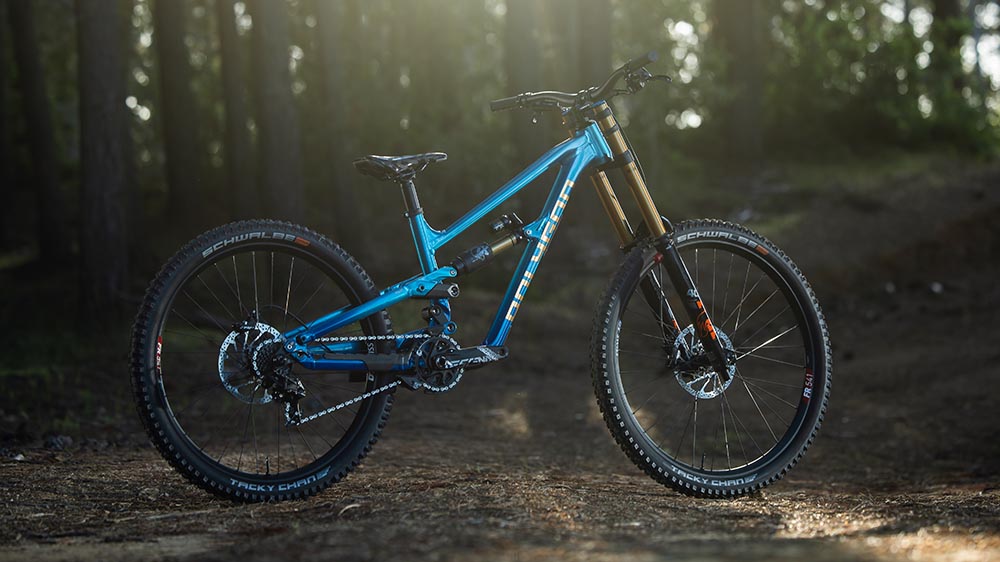
The mullet mountain bike isn’t just a trend—it’s a purpose-driven setup designed for riders who want the best of both worlds. Whether you’re dropping into gnarly descents, hitting flowy jump lines, or just want a ride that’s playful but still confident, a 29 front 27.5 rear MTB could be your perfect match.
Riders focused on long-distance climbs or XC racing may find a full 29er more efficient. And if you prefer super agile trail riding with lots of tight turns and tricks, a full 27.5 could feel more dialed in.
Still, for many modern trail and enduro riders, the mullet MTB setup hits a sweet spot of control, agility, and style.
If you’re ready to test the waters with a mullet or looking for a well-rounded mountain bike, check out Polygon’s MTB lineup. From aggressive trail shredders to all-mountain beasts, Polygon offers a wide range of bikes designed to handle everything the trail throws your way.
Discover our latest update on social media


